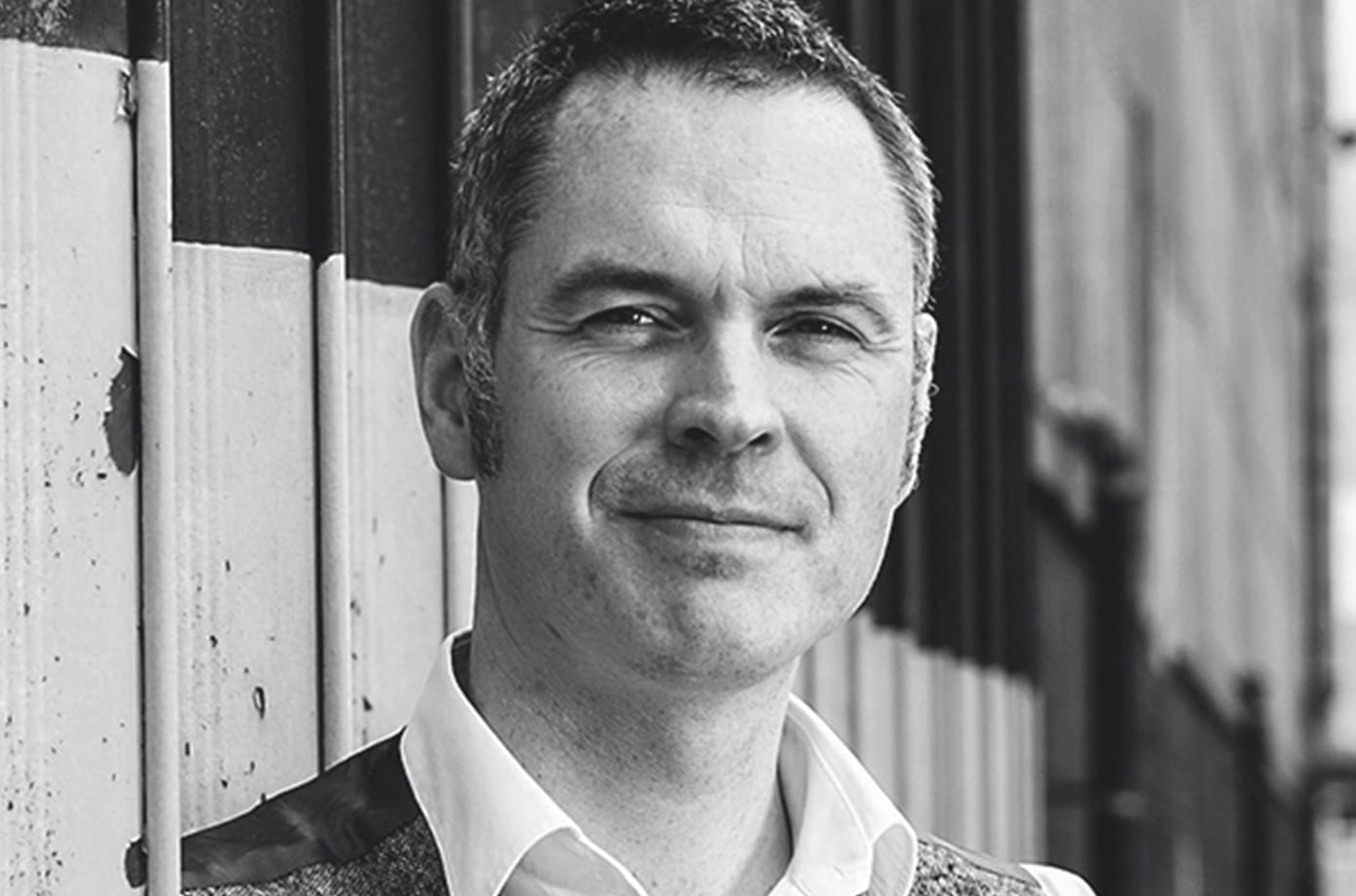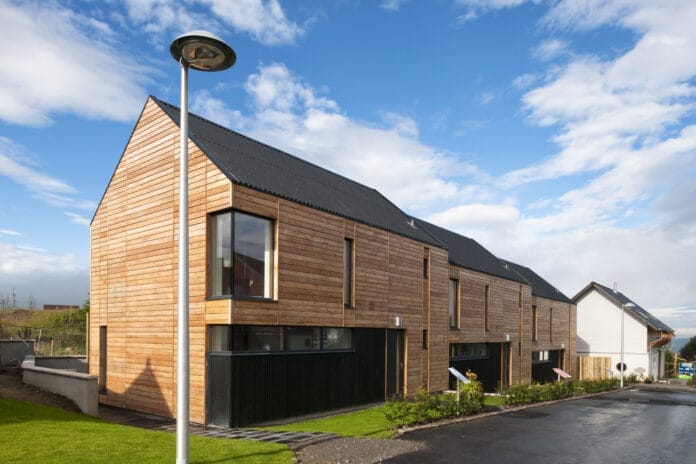
Director and sustainability champion Simon Bell has recently become a certified Passivhaus consultant. This week, we talk to him about his own personal Passivhaus journey in his home of Northern Ireland, and how he’s setting out a path to ensure the practice is taking responsibility of creating places that significantly reduce the impact on the world, and is enabling its clients to deliver projects that meet the zero carbon targets of 2025.
“As a Landscape Architect, I have always had a respect and appreciation of the environment; its ability to sustain us, delight us and inspire us. While it also has an incredible ability to recover and reclaim the man-made world, as a global society we simply don’t appreciate the fragility of the natural systems that support us all.
I’ve been aware of and interested in the Passivhaus standard for some time now. HLM designed Tigh-na-Croit, one of the most northerly certified Passivhaus projects in the UK and Scotland’s Housing Expo, located at Milton of Leys near Inverness in 2010. However, it wasn’t until I started researching the design of my own home that I fully embraced the concept.
In 2014, when I started the project, I was keen to find an approach that would deliver a low energy house and result in low running costs. It wasn’t until researching my options that I saw to the real benefits of a Passivhaus building – excellent indoor air quality, the hygiene factors, thermal comfort – and of course, the incredibly low energy use. What interested me the most was the science behind the approach, and the proven results that demonstrated these seemingly aspirational attributes could be achieved in the real world, without a performance gap from the theoretical modelling. So that is when my Passivhaus journey started.
Back then, the approach was still relatively niche and widely misunderstood, but from the knowledge I had I knew it was the way to go. So, not only to further my knowledge but also mindful that as a director of an international practice, building better buildings would be a major focus of the industry in the near future, I enrolled on the Passivhaus Consultant Course in 2019. The knowledge gained from the course has been bolstered with real practical experience through the construction of my own Passivhaus, due to complete this Summer.
Now, in 2020, we sit in a very different global landscape. The impact of our lifestyles on the global eco system has been brought home to the masses by Sir David Attenborough and Greta Thunberg. Both have taken a stand to inspire the world to consider its impact on our planet and demand our governments to do better. And yet, the global climate crisis has been eclipsed, for now, by another crisis – the COVID-19 pandemic. This in itself has forced us to recognise the importance of our actions and take stock, analysing the things we do in our day-to-day lives that make us happy, including access to green space, nature, our family, and the communities we live in. Now, what is important for us all to remember is that when we start to get through this crisis the climate crisis won’t have gone away.
What is positive is the growing understanding of the impact we are having on the world and an increasing awareness that we must act quickly and decisively to change that trajectory.
The built environment accounts for 39% of global carbon emissions and it’s time for the industry to embrace change and adapt. The construction industry has low productivity, and the outcomes are far behind what they could and should be in terms of building performance. However, there are some very positive elements of progress and using the knowledge and skill available, we can do better as an industry.
As a champion of sustainable design at HLM, I’ve been working with a team to develop our approach to the climate challenge. Having signed up to Architects / Landscape Architects Declare, it was important to me that we understood what that meant and focused on how we would deliver.
Our portfolio is diverse and our client base wide. Our focus is on taking our practice and our clients on a journey to deliver better – we will aim high now in 2020 targeting RIBA’s 2030 Sustainable Outcomes metrics. Some projects may not meet our aspirations, but we must ensure that everything we are designing in 2025 will, if as a country we are to deliver zero carbon.
I’m encouraged to see an increasing number of clients who want to deliver the highest performing buildings for their employees, students and customers. These early adopters will help us to showcase the benefits of raising the bar. I’m looking forward to the future.”


